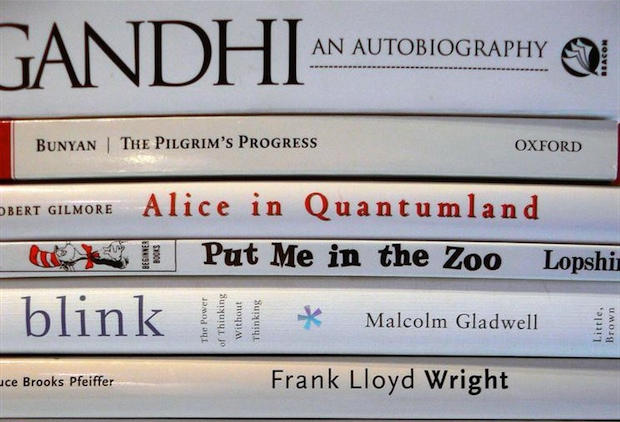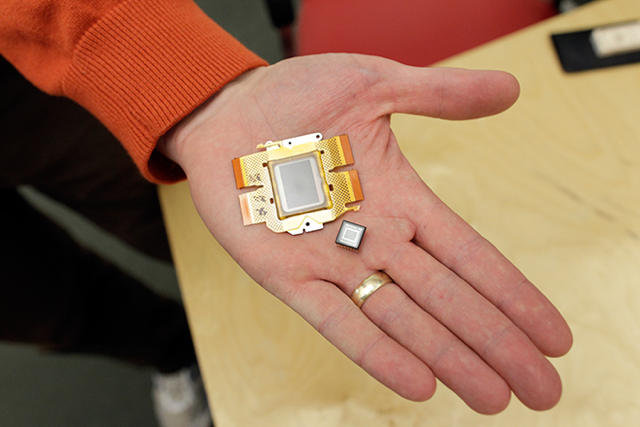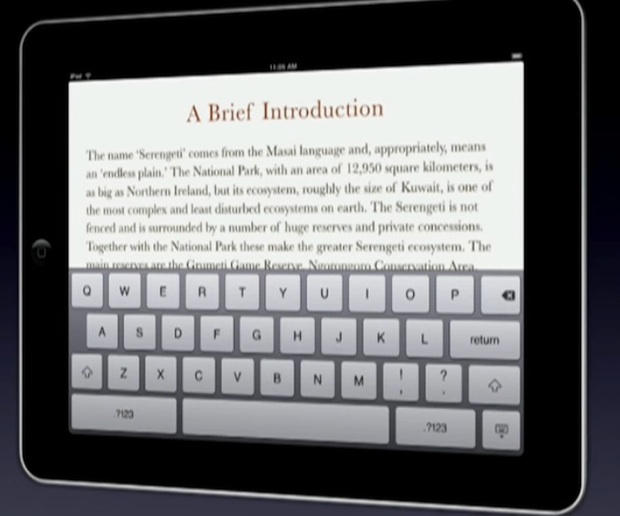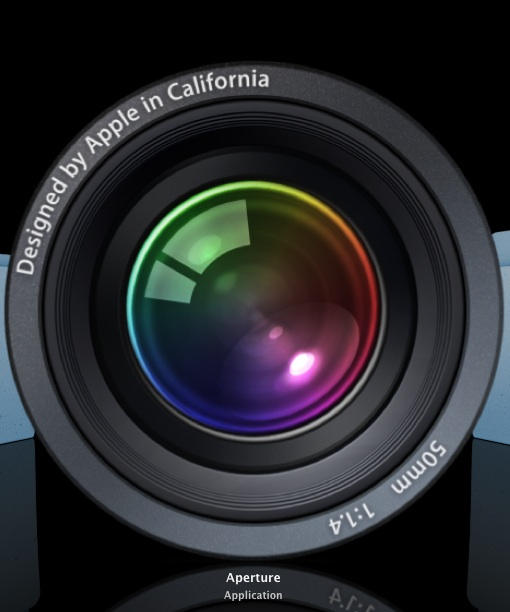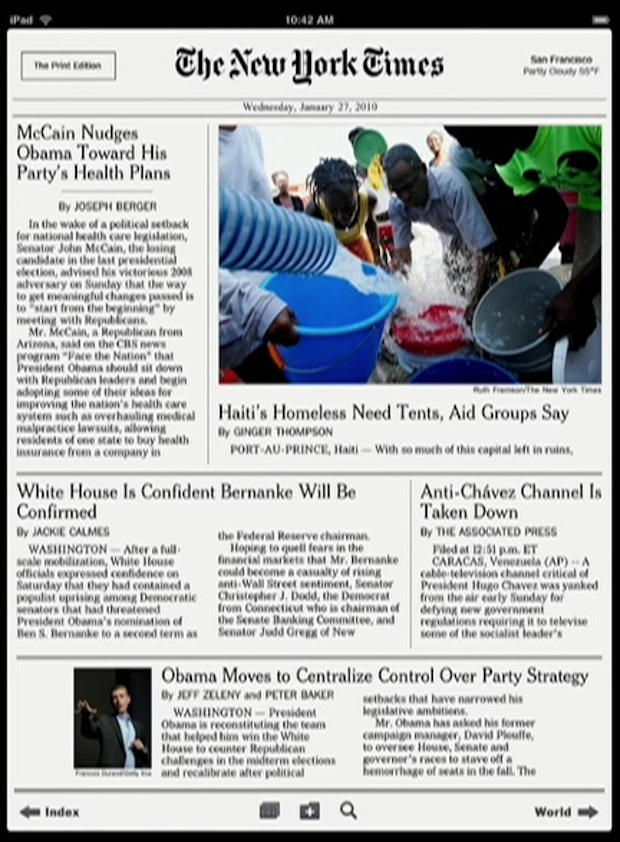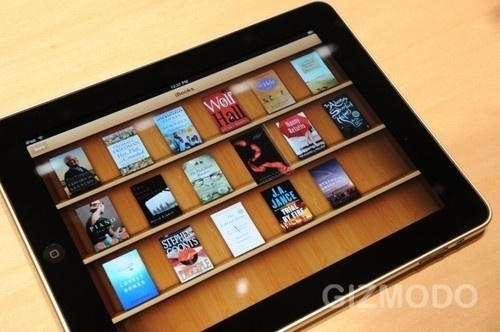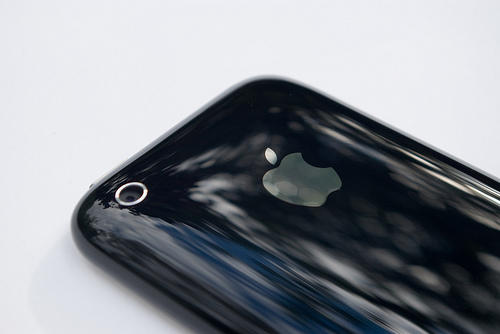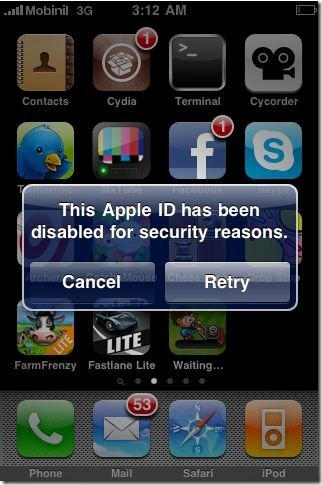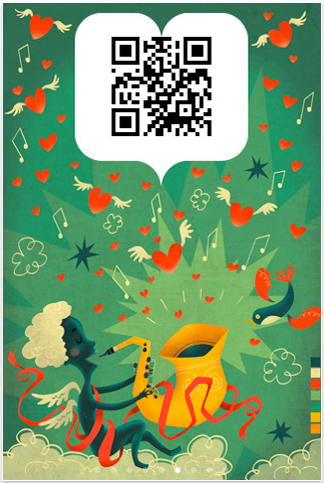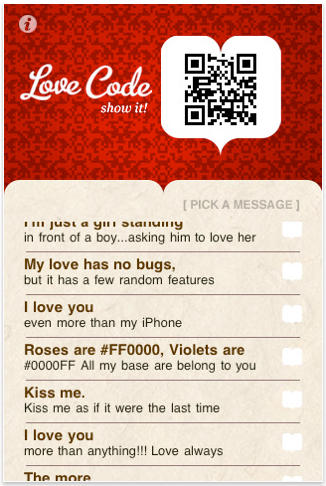Now you can carry around quotes like “The revolution is not an apple that falls when it is ripe. You have to make it fall,” from Che Guevara on your iPhone. (Irony not included.)
Guevara, launched Feb. 12 for $0.99 or €.79, is the latest app in the iTunes store to capitalize on lightning rod figures. Not to be confused with iChe, another Italian-developed app released four days later, Guevara features notable quotes from the Argentine revolutionary and guerilla war tactician in English, Spanish, French and Italian.
All of these apps were approved first for the Italian iTunes store but are for sale in others, including the US store, too.
The first of its kind was iMussolini, an app featuring famous quotes and speeches of the Fascist ruler. Despite a storm of complaints, iMussolini was only yanked for a week over copyright issues. Once ranked no. 2 in the Italian app store, developer Luigi Marino tells us his creation has been dowloaded 8,000 times so far. It is once again for sale, along with another similar app of Mussolini’s speeches.
It seems there is a kind of double standard for quote apps of controversial figures: the US iTunes store features six apps of Dalai Lama teachings and quotes, but these were all removed from China’s iTunes store leading to cries of censorship.
The Guevara app, given a +12 rating for “mild or infrequent horror/ fear /violence themes” was developed by two 30-something Italian IT consultants who have created another five apps on the iTunes store.
As far as we know, there have been no formal complaints to Apple about the El Che quote app. (Apple has not responded to our requests for comment).
Cult of Mac talked in exclusive with one of the developers of Guevara, Marcantonio Magnarapa, about an iPad version, the approval process and iMussolini.
Cult of Mac: How did you come up with the idea?
Marcantonio Magnarapa: We came up with the idea of a Che Guevara iPhone app while talking about the man behind the revolutionary – inspired by the Steven Soderbergh movie, actually.
However you might feel about his actions, there is no doubt that his words strike a chord in every one, independent of the era or place. His thoughts are as relevant today as they were back in his day.


